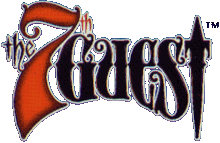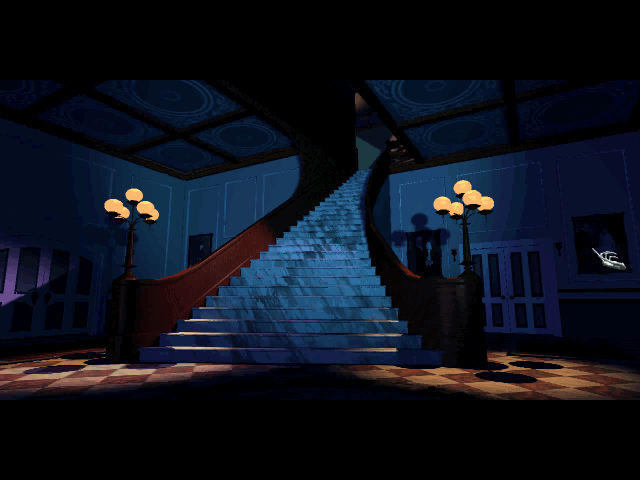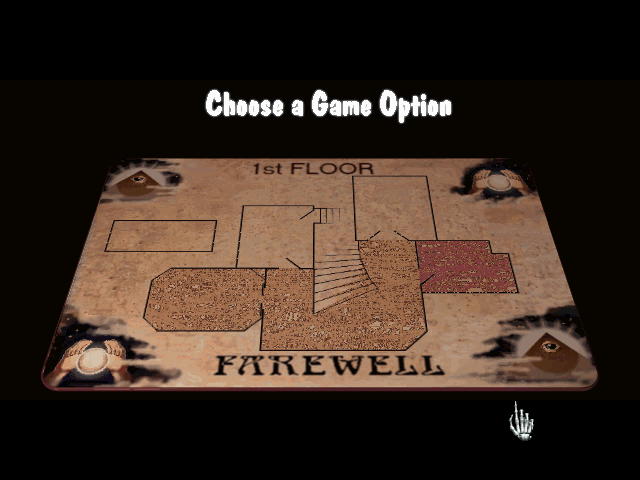
Live action video in a computer game.
http://www.cybertown.com/hilf.html
In 1991, Graeme Devine and Rob Landeros had ambitious goals of mixing live-action and animation for a new type of game. Creating their own company, Trilobyte, the two pioneering programmers hired novelist Mathew Costello to write an interactive horror script for their new multimedia CD-ROM, The 7th Guest. Their goal was to create an interactive game similar to Clue but with “Twin Peak” overtone—with the main thrust at designing a real-world interface without icons, menus or other computer-based symbols. For example, if the user sees a knife on a table, he points his mouse-controlled cursor toward the knife, walks to the table, clicks on the knife and is now holding it in his hand. The 7th Guest is composed of computer generated images, live-action video, sequences of puzzles and discovery-based scenes (sequences that leave the user alone to explore rooms in search of clues, hidden doors, certain books on a shelf, and so on). Becau se of its unusual structure, many of the major names in the game industry told Devine and Landeros that no one would ever publish The 7th Guest. When it debuted in April 1993, The 7th Guest sold close to one million copies in its first year alone.
This paper is part of a longer work titled: “Digital Entertainment: Art, Technology, and The New Forms of Storytelling in the Digital Era.” Homer Hypermedia
http://myst.cafe24.com/gallery/g_7th.htm
screengrabshttp://www.mobygames.com/game/shots/p,2/gameId,283/gameShotId,1186/
screengrabs
















